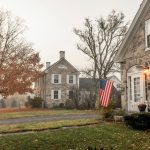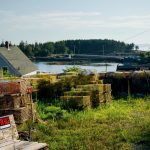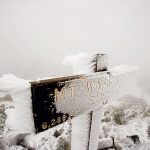The Rocks in Bethlehem, New Hampshire | Cut-Your-Own Christmas Tree Farm
Celebrating a timeless holiday ritual in a perfect North Country setting.
Coffee By Design | Portland, Maine
Photo Credit : Katherine KeenanBefore ornaments are hung on the boughs, before gifts are placed around the base, before the fragrance of a freshly cut evergreen fills a home—before all that—first, there needs to be a tree. And for more than three decades, thousands of people have been coming to the historic estate known as The Rocks, in Bethlehem, New Hampshire, in a quest to find, then cut, their chosen one.

If you have never been to The Rocks, here is a preview of what awaits. Arrive the Saturday before Thanksgiving, when the estate opens its tree farm to the public, and you will see only a few dozen people looking around these 1,300 beautiful acres in the northern White Mountains. Wait until just before Christmas, and you’ll be joined by a thousand others, maybe more. Many will be children, clutching their parents’ hands as they walk through 40 acres planted with endless rows of balsam and Fraser and Canaan fir, over 30,000 trees in total—all in different stages of growth, all waiting for someone to pause and say, Yes, this one.
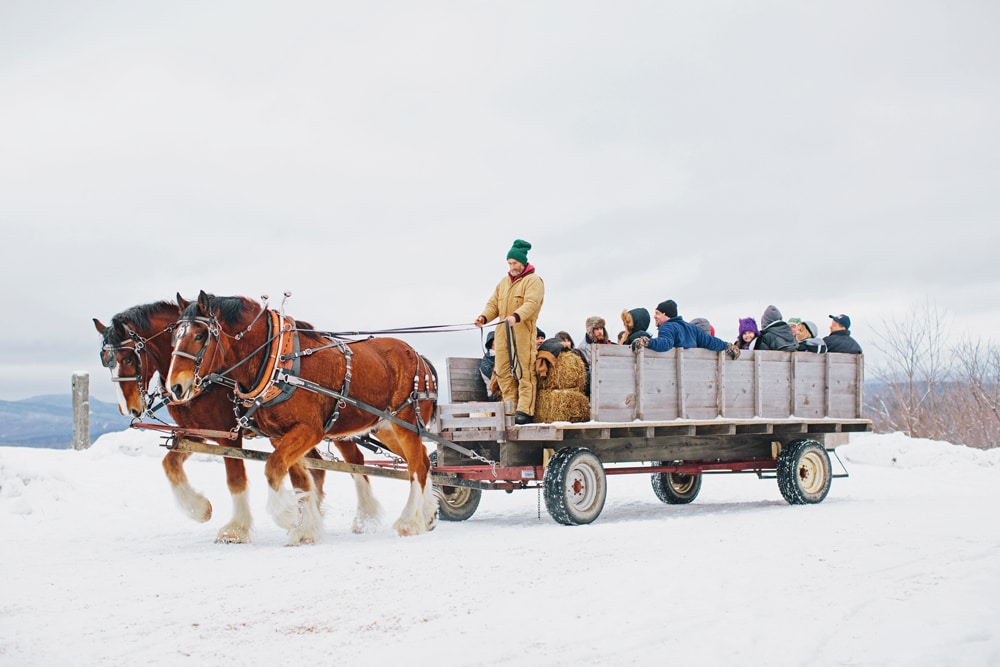
You can walk for hours here if you wish, gazing out at the Presidential Range. Or you can hop into the horse-drawn wagon, choose a stop along the way, grab one of the complimentary bow saws, and harvest your tree. From there, you put it on a truck to bring to a bundling team, who’ll help secure it to your car.
It’s a holiday experience that Nigel Manley has overseen for more than 30 years, ever since he helped plant and harvest the first trees at The Rocks. “The first year, we sold 12 trees,” he recalls. He knows where the different species of trees can be found, and where the tallest ones await as well as the more modest ones, for smaller spaces.
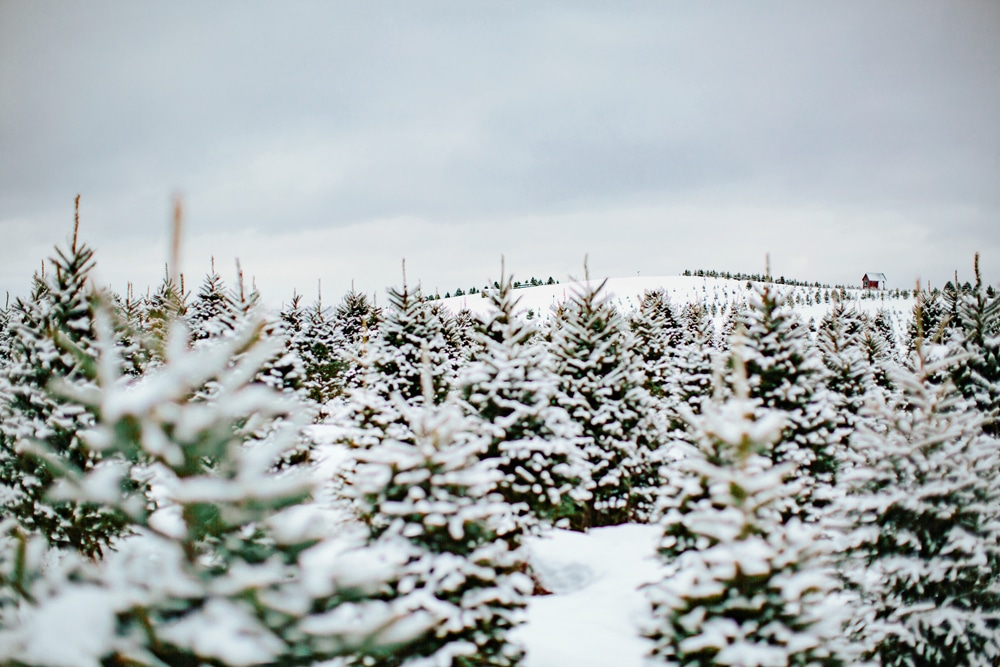
Over the years, Manley has been estate manager, head tree farmer, Rocks historian, naturalist, and indispensable giver of advice. These days, having recently hired his replacement as head tree farmer, he is now focusing more on leading programs about the environmental and conservation work being done by the Society for the Protection of New Hampshire Forests. (The forest society inherited The Rocks in 1978 from the family of John Glessner, a Chicago industrialist, whose love of mountain forests led him to be a founding member of the society in 1901.)
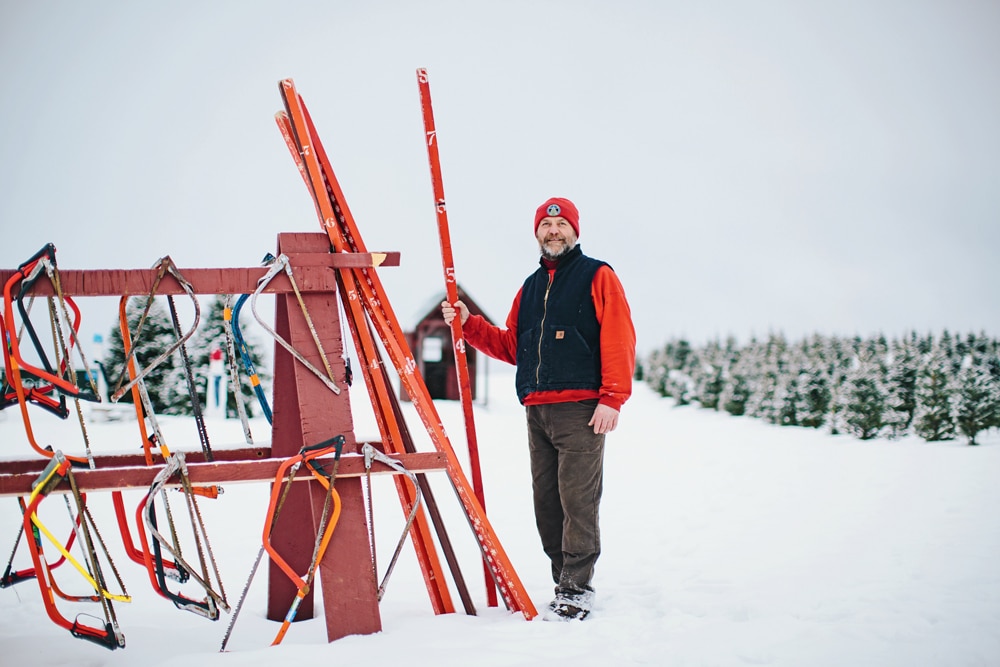
“When I started,” Manley says, “I did not know how much joy you could bring to people. I see so many young couples, and they are bringing their child here for the first time. I know they are starting traditions that will continue for all of them.”
He and his wife get their own tree each year just days before Christmas. If he sees an extraordinary tree, he is always tempted to bring it home for his three children and three grandchildren. But instead, he leaves it in the ground. “That tree,” he says, “will make someone else so happy.”
For more information about visiting The Rocks, go to forestsociety.org/the-rocks. To see Yankee’s guide to cut-your-own farms around New England, go to newengland.com/tree-farms.




